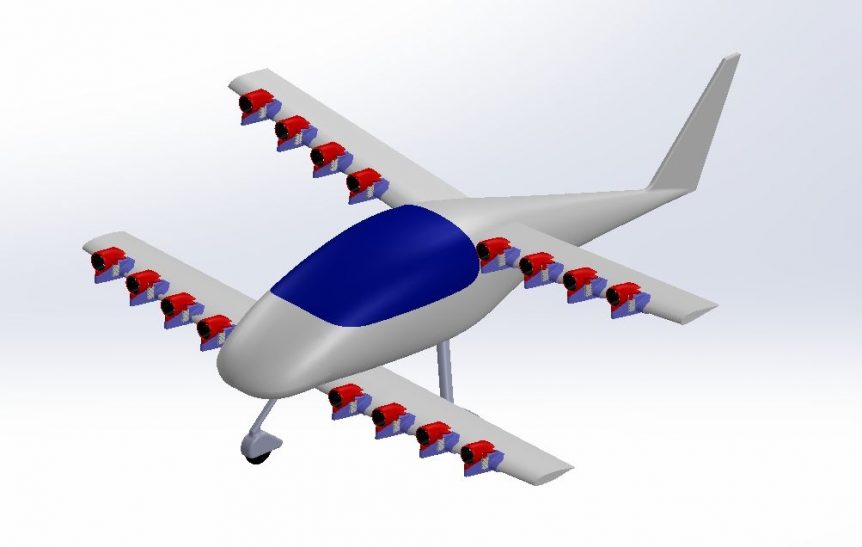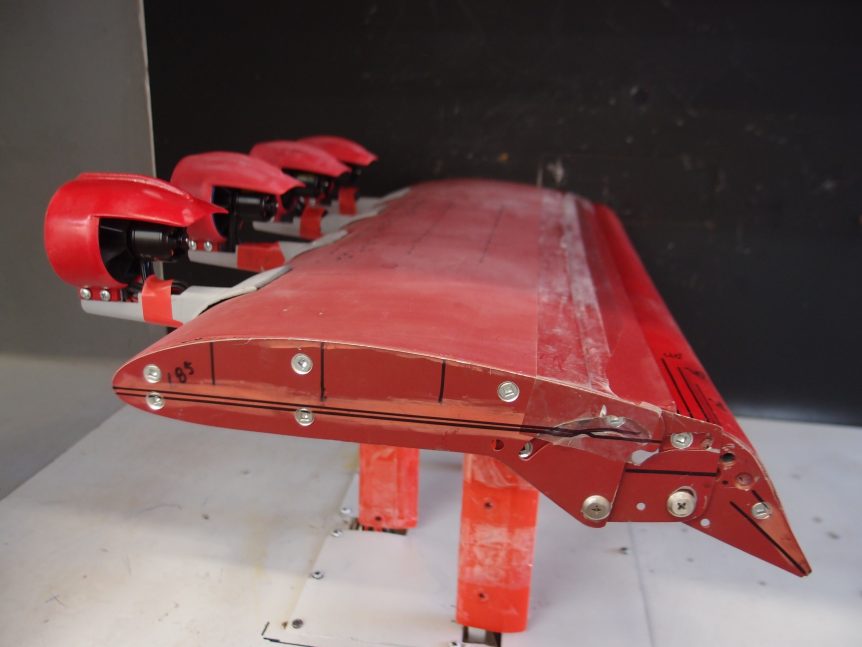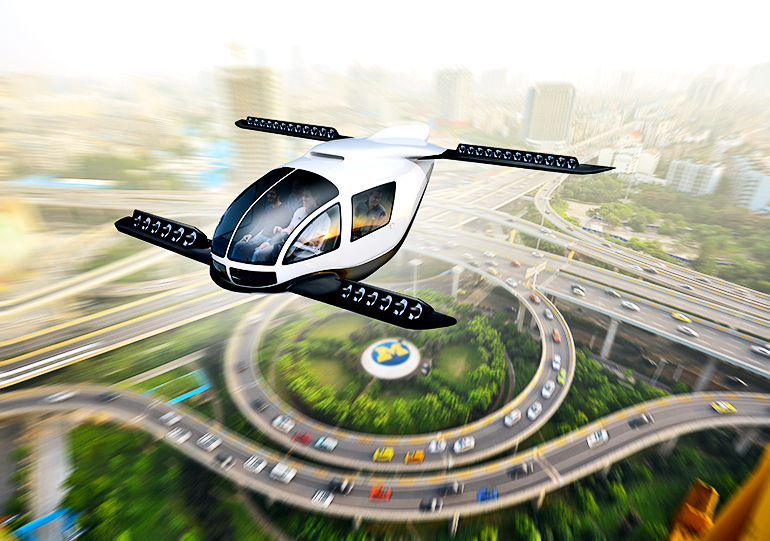Electric aircraft, especially in their early state of development, will require aerodynamically capable forms or extremely light structures, or both. That may account for the early adoption of sailplanes as test beds. These are graceful and high performance units, but not all that practical for hauling loads or for daily commuting. Other first attempts adapted ultralight, but not necessarily aerodynamically efficient structures to make electric flight possible. David Ullman makes use of two dynamic technologies, PAI and DEP, to achieve performance with the potential for great practicality. PAI and DEP David, a professor emeritus in mechanical engineering, is also an enthusiastic pilot and inventor. His texts on the design process and decision making are best sellers. Recently, he’s been exploring the potential of Propulsion Airframe Interaction (PAI) and Distributed Electric Propulsion (DEP) by augmenting the power and lift of a conventional aircraft with Electric Ducted Fans (EDF). A Creative Airport Community If you are fortunate enough to visit the Independence, …
The I.D.E.A.L. Becomes Real with JabirWatt
Dr. David Ullman taught mechanical engineering and project management for over three decades, and his books on the mechanical design process are consistently sought after. His current project, JabirWatt, is hangared at his home in Independence, Oregon, and combines the internal combustion propulsion of its Jabiru engine with the lift-enhancing addition of four electric ducted fan motors on the wings. A project partner, Vince Homer, lives nearby on the airport. Both have hangars filled with things of genius, including the well-instrumented wind tunnel on which David tests his ideas (or I.D.E.A.L – Integrated Distributed Electric-Augmented Lift). Slightly different from the approach promised in his presentation at last year’s Sustainable Aviation Symposium, the modified Jabiru sacrifices its rear seat for a large battery box to power the (now) four electric ducted fans (EDFs) atop the inner part of the wing. He’s since presented at this year’s CAFE Foundation symposium and at AirVenture 2019. Different From a Maxwell Your editor has joked …
Faster, Cleaner AND Less Pricey?
University of Michigan Research Sprinkled with Optimism (or Not) Can electric Vertical Takeoff and Landing (eVTOL) machines provide the swift crossing of urban distances at a price that will attract the non-flying public? Can they do so while keeping pollution in check? A University of Michigan study, funded in part by Ford Motors, concluded that taking a short (depending on definition) trip in an autonomous electric vertical takeoff and landing machine might not only be quicker than a ground-bound journey through gridlock, but might even be less expensive. These two factors are important if we are clean the toxic atmosphere that hangs over our major cities, at least partly brought about by the constant transit of personal automobiles, public buses, and large trucks. Another aspect of the study, though, showed that certain trips will be less polluting if taken by conventional automobiles. This dichotomy comes from the nature of eVTOL flight compared to the distances to be traveled. Researchers published …



